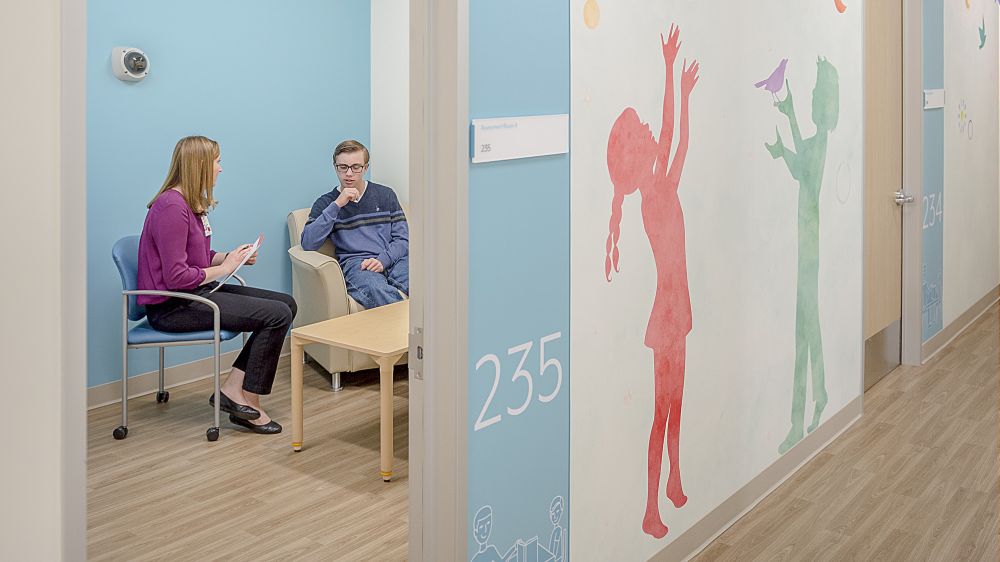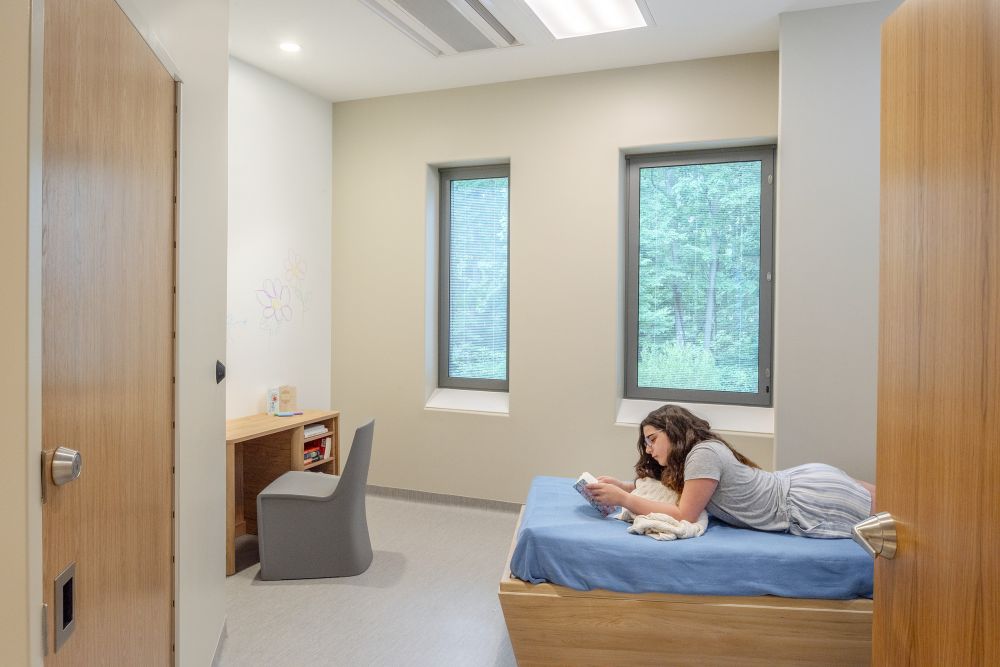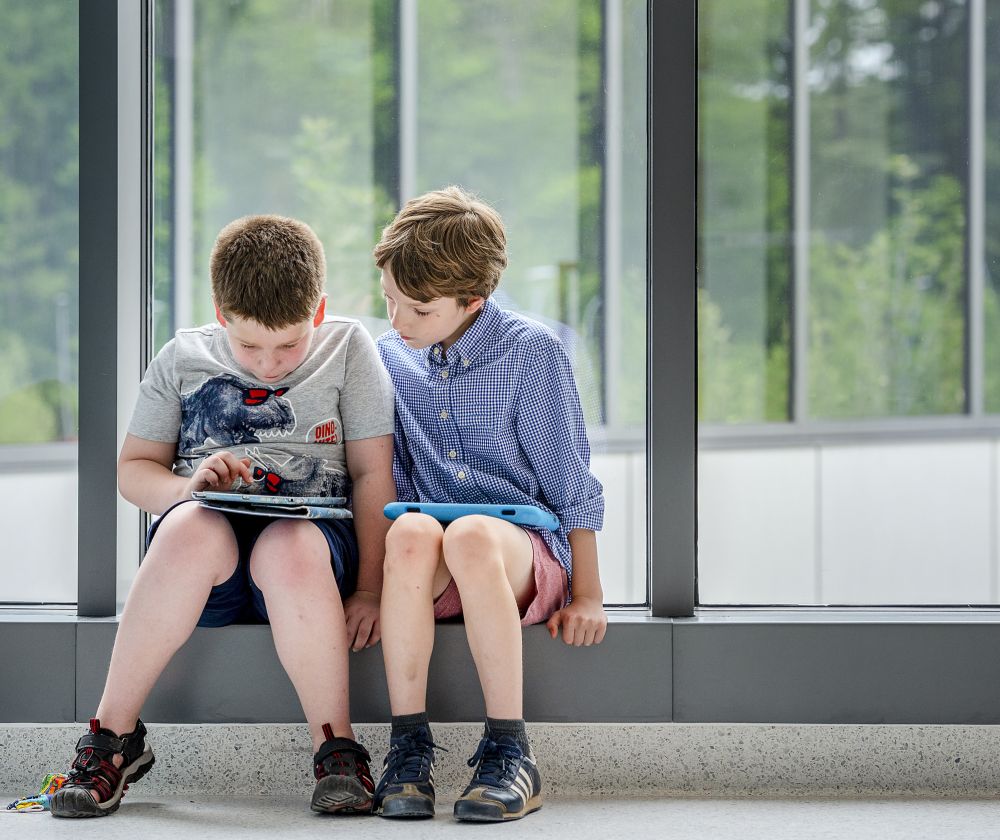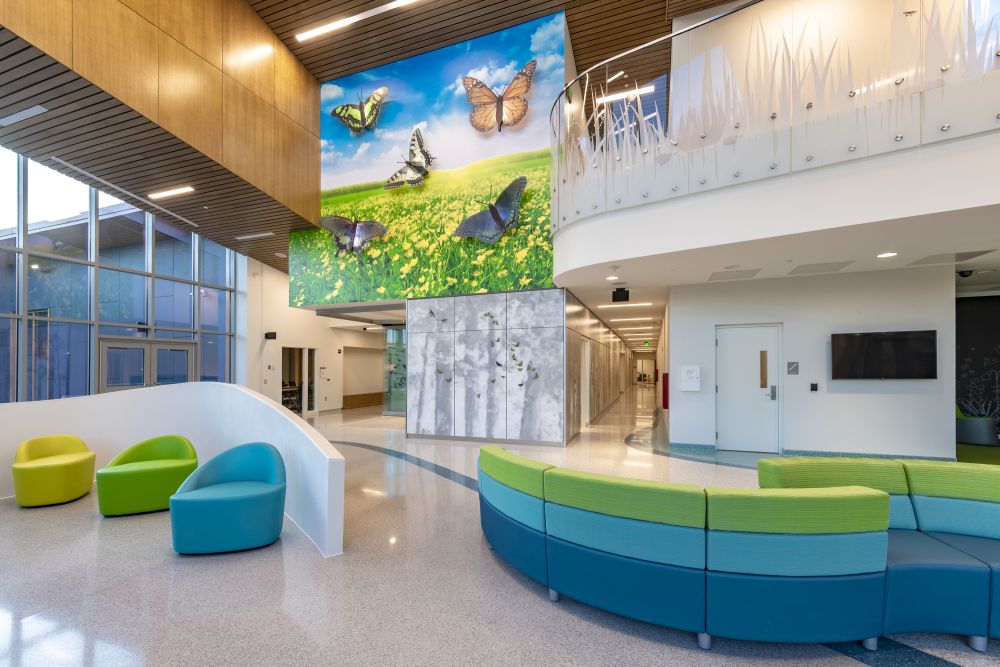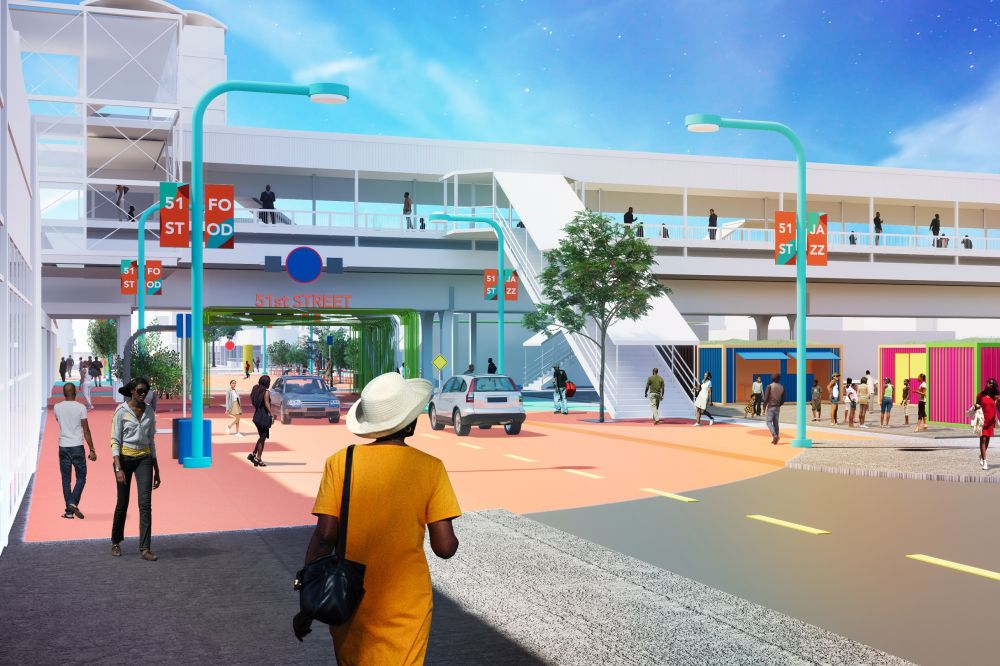Our children are living in mental health crisis: It’s time to save the 8s
The collective mental health of our children in the United States is perilous.
Prior to the pandemic, one-in-six children aged 6-17 lived with some level of mental illness like depression or anxiety. A significant portion of these children never receive mental healthcare due to any number of factors: stigma, lack of resources, lack of awareness, etc. Critically, there is often linkage between mental health conditions and students who drop out of school, develop substance abuse issues, harm themselves and/or commit suicide.
The pandemic has only amplified our pediatric mental health crisis. More than a year of isolation, lack of in-person schooling, stalled development, grief, loss, canceled extracurricular activities and more has further mentally and emotionally traumatized our children. JAMA Pediatrics reports that for every 13-19 COVID deaths, one child under the age of 18 lost a parent, translating to more than 40,000 children.
It’s simple: Our children need more mental health support than we are giving them. They need a lot more.
While we need to support every child living with mental and behavioral health challenges, we especially need to focus on positive intervention around the age of 8. At age eight, children are learning critical developmental and coping skills that will aid them for the rest of their lives. And, research indicates that 50 percent of all lifetime cases of mental illness begin by age 14. Greater emphasis and focus on supporting mental health during the ages of 8-13 would ensure these children are receiving the necessary support, care and intervention to flourish throughout their lives.
So, how do we Save the 8s? Here are four areas for prioritized focus.
Invest in more mental health resources for children
Fundamentally, there aren’t enough mental healthcare spaces and resources for people in this country, especially children. This means that people who need therapy, inpatient care or other forms of treatment don’t receive it. A 2018 study from America’s Mental Health revealed that 74 percent of Americans do not believe mental healthcare services are accessible for everyone.
So, priority number one is expanding access to mental health spaces and services and bringing it to where children already spend their time. Fortunately, there is positive movement in this direction. The federal COVID-19 relief package passed earlier this year included $122 billion for PK-12 schools to implement “strategies to meet the social, emotional, mental health and academic needs” of students.
On the state level, new legislation is helping fund more mental health services in public schools and certain districts—like Cherry Creek (CO); Milwaukie (OR); and Cincinnati Community Learning Centers (OH)—are even planning to build or have built mental health day treatment facilities within schools. The National Center for School Mental Health is also launching ClassroomWISE, a free online course that will train US teachers and school staff on how to create a safe and supportive classroom environment, and how to better support students’ mental health concerns.
All of these initiatives are necessary, but they are still just scratching the surface. We are talking about very recent or emerging legislation and funding, and just a handful of districts for a crisis that is already entrenched in our children. Across the board, we need to collectively look at how we create better access to the incredibly important mental health support our children need now and into the future.
Design Better Mental Health Resources
There’s long been unnecessary stigma around mental healthcare exacerbated by how and where we historically designed mental health spaces. On a placemaking level, these buildings are historically located outside of town, often behind fencing or in secluded wooded areas. On a building level, counseling and mental health rooms were often tucked in corners, the general idea being, they’re places you don’t want to visit or don’t want others to know you are visiting.
Fortunately, as stigma continues to be knocked down around mental health in recent years, we’re designing mental health care spaces in new ways. We’re infusing them in urban cores, surrounding them with natural daylight, green spaces and access to nature, often including conference rooms, basketball courts and/or swimming pools that the surrounding community can use themselves at certain times. All of these initiatives improve patient outcomes, further erode stigma and strengthen cities. Today, it’s not uncommon to think about how a mental health hospital can be a source of hope, vitality and economic opportunity for a city. That’s how it should be.
So, as we create more mental health spaces to Save the 8s, we need to bring these cutting-edge approaches to child and family spaces. Inpatient facilities should be wonderful buildings embedded in communities, mental health spaces in our PK-12 schools should be sources of energy and optimism. All of these spaces should be infused with colors, inspirational art, activity space and more. These areas should be as approachable and integrated as any cafeteria, gym or classroom.
Infuse mental health design everywhere
Another important shift we need to activate in our work to Save the 8s and improve pediatric mental health is focusing more on prevention and crisis mitigation.
Most of the mental healthcare resources in this country are focused on treatment or helping patients after their crisis has occurred. We need to invest more in deploying mental healthcare spaces and design strategies across cities to intervene before a crisis occurs or escalates.
The efforts by school districts are a great step. Bringing new care resources into PK-12 environments will help students before they are in peril. But, there are so many other opportunities. Here are other ideas:
- Grocery Stores and Pharmacies: here’s no reason we can’t have areas for mental health available to people in the grocery stores and retail areas they visit each day. CVS is already piloting this approach in certain cities across the country. The counseling services offer assessments for depression and anxiety as well as recurrent therapy visits.
- Public Transit: What’s stopping us from rethinking how we design public transit to be more calming. Could we design more effective environmental graphics to educate people about mental health while they travel?
- Children’s Museums: Imagine if children could learn about outer space, dinosaurs along with the importance of mental health in just a few hours at their local museum?
Truthfully, a mental health design lens can be overlaid on any and all spaces. We should always be considering access to nature, improved wayfinding, reducing sensory overload and stimulation, infusing soothing colors, etc. The more we can design spaces with these attributes, and the more we proactively create environments where users have control, the more accommodating our built environment will be to those dealing with mental health challenges.
Let’s strengthen our mental fitness
How we talk about mental health is so key to continuing to reduce stigma and helping to normalize its importance to children. Why do we applaud those who go to the gym to strengthen their bodies but feel uncomfortable encouraging children to do the same for their mental well-being? The more we can do to reinforce that mental health is health, and stronger minds and bodies lead to brighter futures, the more likely children will want to ask for help and seek care. There are also creative design strategies and therapy approaches that utilize play and movement for children while increasing their access to mental healthcare. All of these ideas should be explored and pushed more mainstream.
There’s no denying our children are living through a collective mental health crisis that is only worsening. The time to act was yesterday, so we must do all we can to help them today. So many of us—designers, teachers, community workers, parents, government and civic leaders—have a role to play. Together, we need to expand and rethink mental healthcare and services significantly to Save the 8s and change lives for the better for generations to come.
